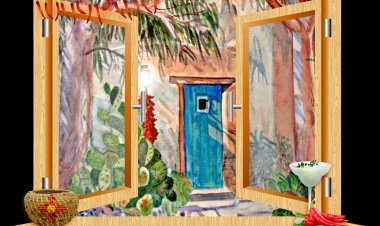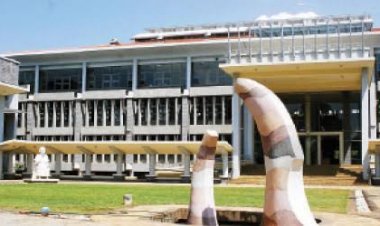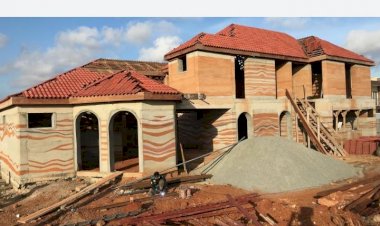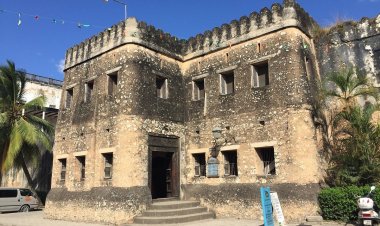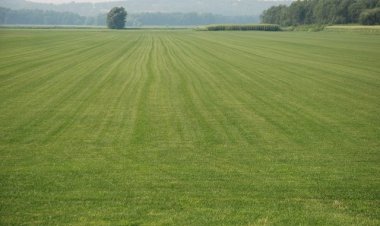Ghana’s Slave Castle; The Elmina Castle
The Elmina Castle is now a historical site, a major tourist attraction in the central region of Ghana, a filming location and is recognized by UNESCO as a World Heritage Site.
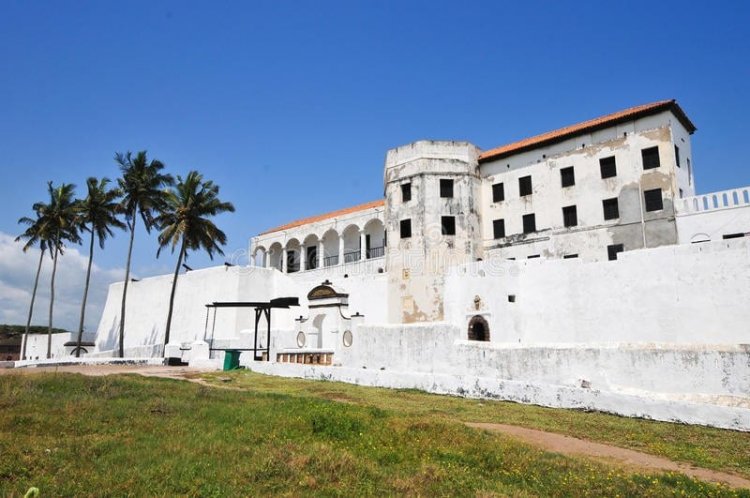
Elmina is a fishing town along Ghana’s coast and the host The Elmina Castle also known as St. George’s Castle.
The castle, which was built by the Portuguese in 1482 as a trading center, is the oldest building in Sub-Saharan Africa. The Dutch tried to take it from the Portuguese in 1596 unsuccessfully, however they succeeded in 1637.
Slave trade later replaced gold as a commodity of trade and the castle served as a stopover during the Atlantic slave trade.
The storerooms were converted to dungeons for the slaves which were cramped and filthy. The upper level housed luxury suites for the Europeans and the staircases led directly from the governor’s chambers to the women’s dungeons below for ease when selecting concubines from the slaves.
Currently, the floor of the castle is a few inches higher than when it was built to cover the filth and human waste.
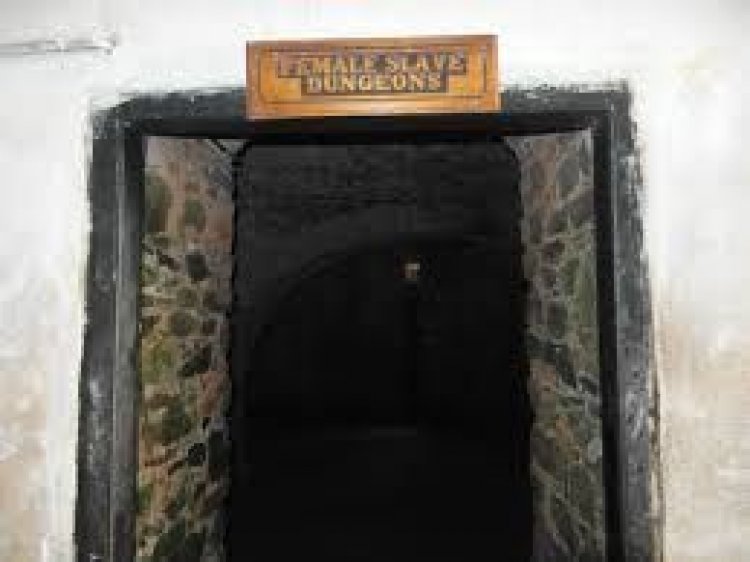 Female Slaves' dungeon [photo/courtesy]
Female Slaves' dungeon [photo/courtesy]
Ghana which was known as Gold Coast got independence in 1957 from Britain and took control of the castle.
The Elmina Castle is now a historical site, a major tourist attraction in the central region of Ghana, a filming location and is recognized by UNESCO as a World Heritage Site.
The castle has served as a secondary school and also a police recruit training center and in 1996, a Museum was established in the Elmina Castle to preserve the cultural heritage of the central region and also educate the public on the history of the castle.
Features in the castle include dungeons, punishment cells, and the Door of No Return at the seaboard side of the castle where slaves boarded the ships across the Atlantic.
Also, there is a turret room where the Ashanti King Prempeh I was imprisoned for 4 years by the British.
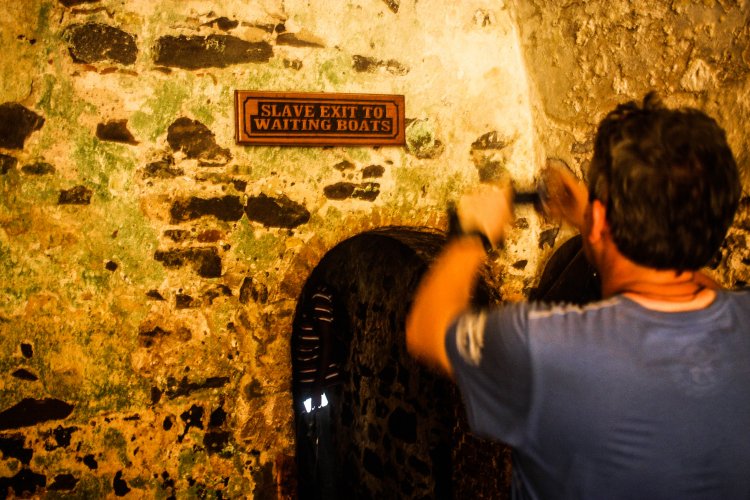 Image of the exit door to the boats [photo/courtesy]
Image of the exit door to the boats [photo/courtesy]
Inside the museum, there are photographs showing images of the castle across the centuries, stone implements, local textiles, a display of the Asantes of Elmina, gold weights, beads, local trading, and shackles.
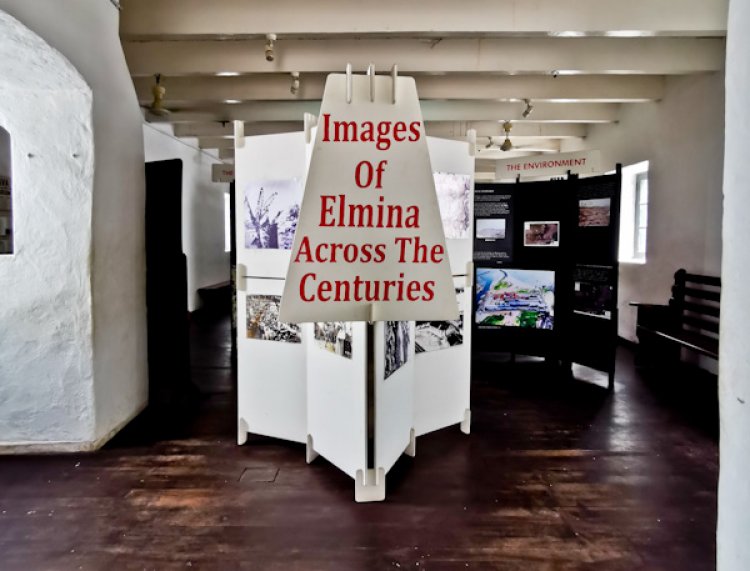 Inside the museum in Elmina Castle [photo/courtesy]
Inside the museum in Elmina Castle [photo/courtesy]
The castle is four-storeyed and one can have an aerial view of the surrounding harbors, fishing boats, and Fort St. Jago which is also a UNESCO Heritage Site.
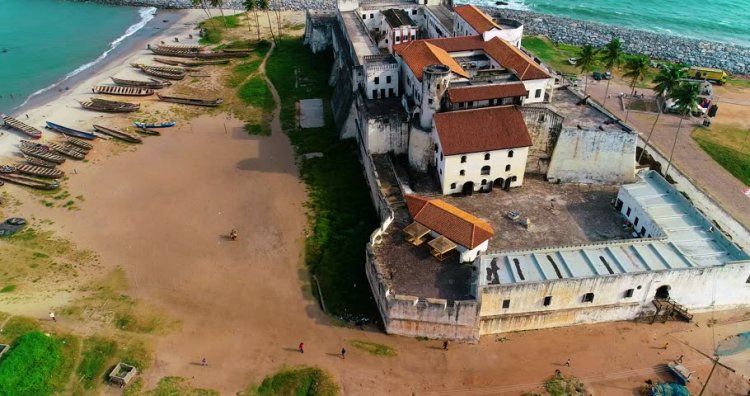
[photo/courtesy]
The museum offers a tour guide, access to a car park, and a courtyard for outdoor activities. There is a restaurant, bar, bookstore, and gift shop. The museum is open daily from 9:00am to 4:30 pm.
The entrance fee is in Ghanaian cedi with pupils from primary to junior high paying 1.00, senior high school 2.00, tertiary students with ID 3.00, Ghanaian adults 5.00, foreign students with ID 30.00, and adult foreigners paying 40.00 which is around 7 US dollars.
For those seeking accommodation, there are nearby facilities such as the Coconut Grove Bridge House, Elmina Beach Resort, Elmina Bay Resort, and Coconut Grove Beach Resort.
Other nearby sites are the Cape Coast Castle, Kakum National Park, Upper Fort St Jago, Fort San Sebastian, and Ahanta Waves Surf School.
If you have a real estate press release or any other information that you would like featured on African Real Estate Blog Post do reach out to us via email at [email protected]









